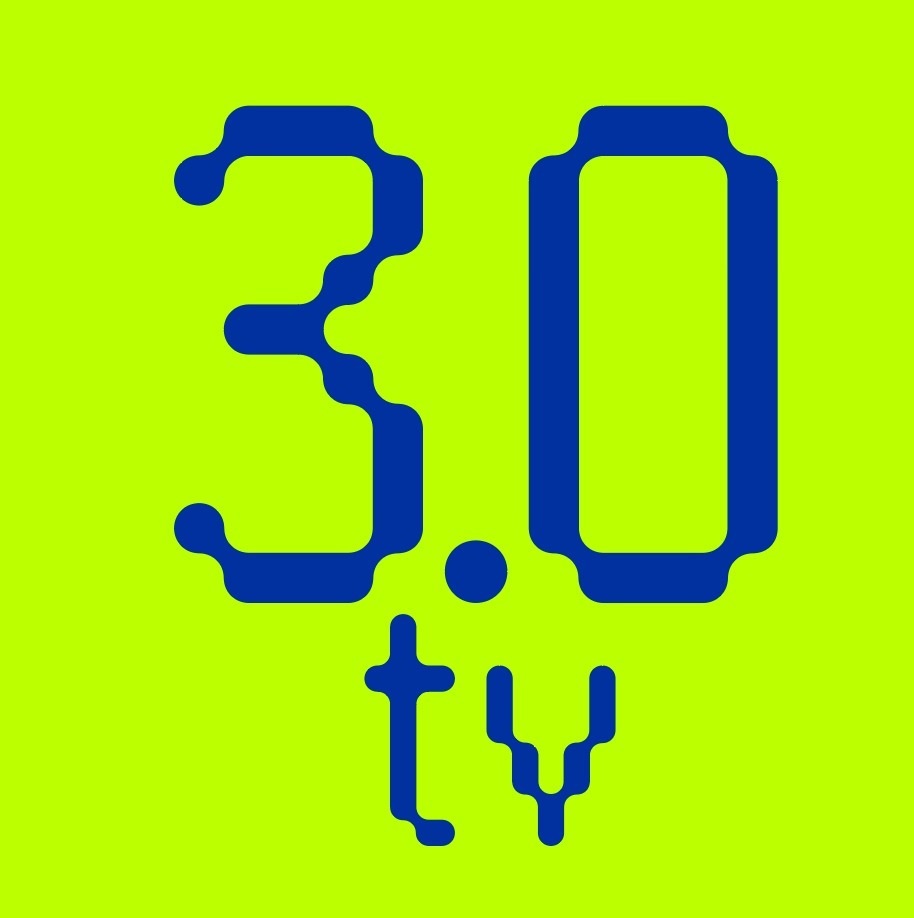You need to login in order to Like

Vitalik Buterin, co-founder of Ethereum, popularized this phrase “Blockchain trilemma”. You must be aware of the three different characteristics that a
blockchain should have: Decentralization, security, and scalability.
The blockchain trilemma refers to the notion that blockchains struggle to concurrently achieve optimal levels of all three properties. Usually,
strengthening one results in weakening another.
Let’s look at these concepts in more detail and explore the tradeoffs:
Decentralization
Decentralization means there’s no central point of control. Instead, decisions are made via consensus over a distributed network of computers.
There is, however, one significant tradeoff: speed. Sending transactions takes longer because multiple confirmations are required to validate a transaction. Hence why Bitcoin is slow.
Scalability
Scalability is the ability of the system to cope with a growing number of transactions. Scalability is crucial for mass adoption because any system needs to operate efficiently as more
people use it.
Below is a rough breakdown of how many transactions Ethereum, Bitcoin, and credit card companies can process per second:
- Bitcoin: seven per second
- Ethereum: 30 per second
- Credit cards: 5,000 credit card transactions per second with the ability to process much more if needed. Visa, for example, can process up to 24,000 transactions per second.
But achieving scalability often comes at the expense of decentralization. EOS, for example, promises a maximum of 4000 TPS but has come under criticism for being too centralized.
Security
Security is the ability of a blockchain to be protected from attacks. Unfortunately, exchanges and source code have been hacked on many occasions, suggesting that
many developers focus on scalability and decentralization at the expense of security.
About Author
Kapil Rajyaguru
You need to login in order to Like


















